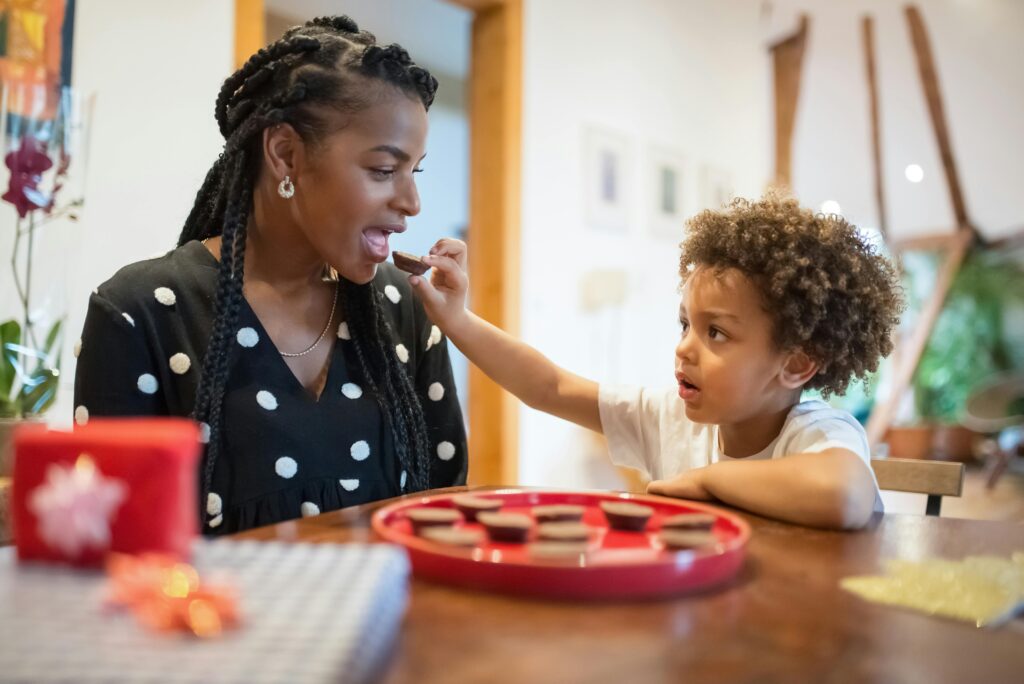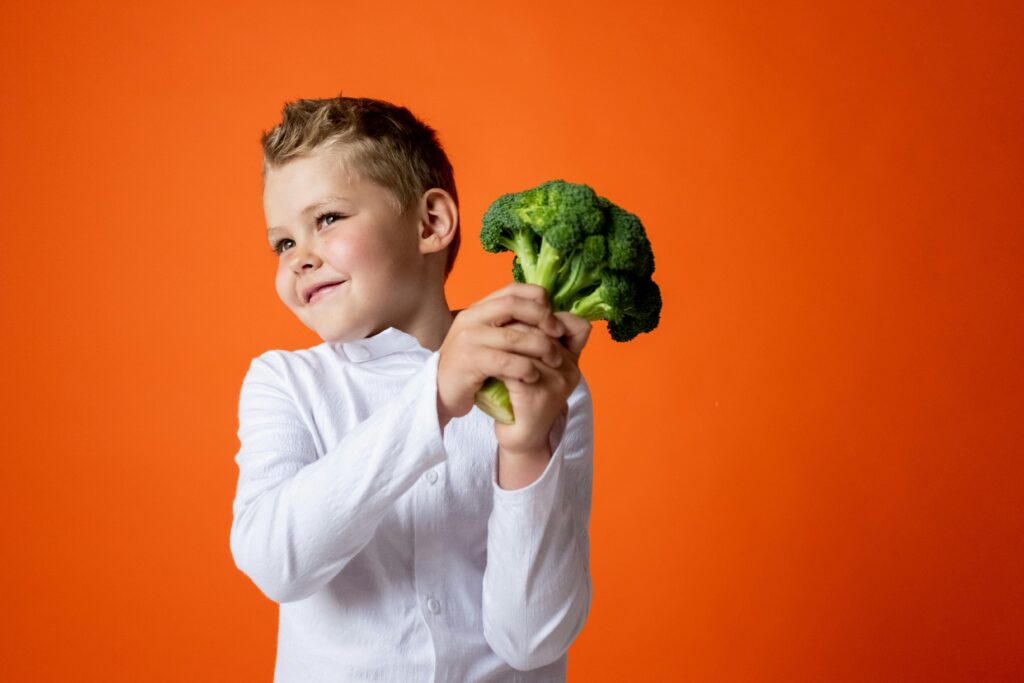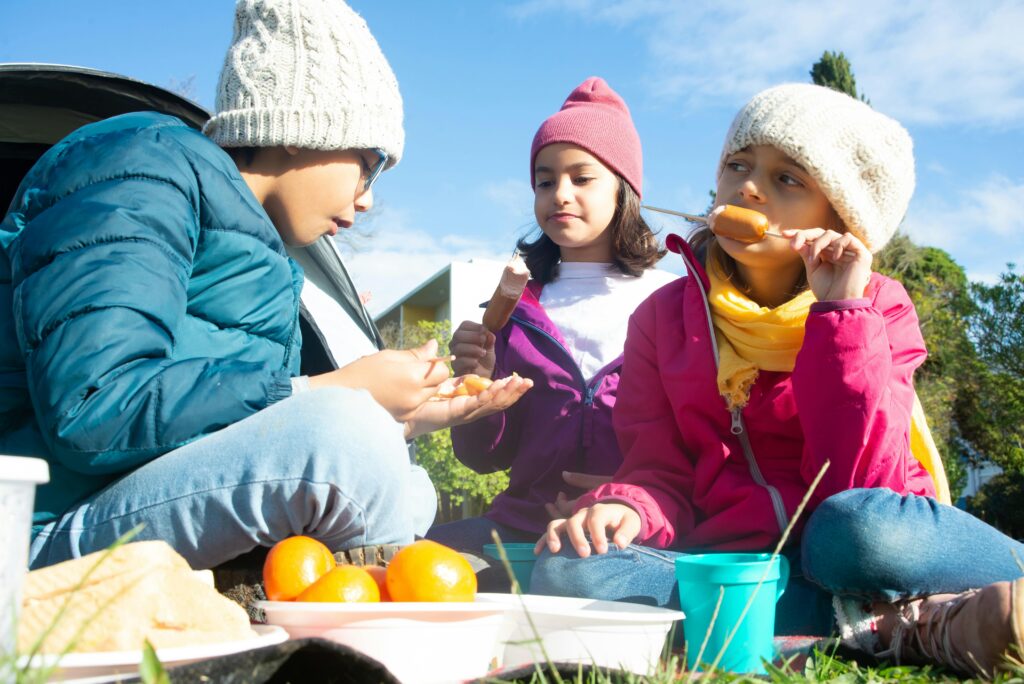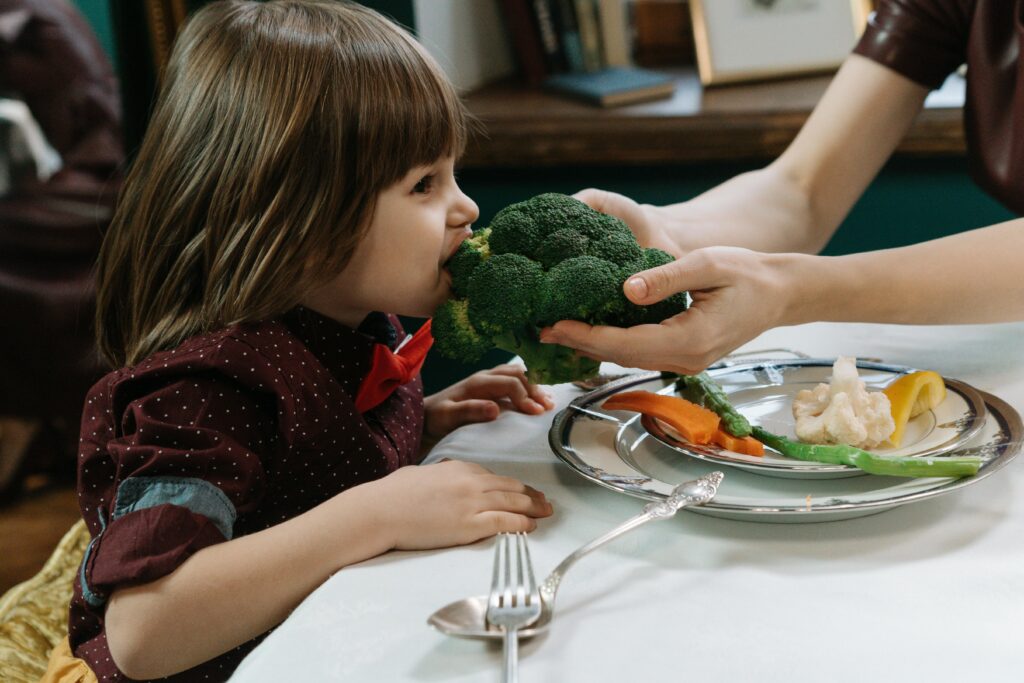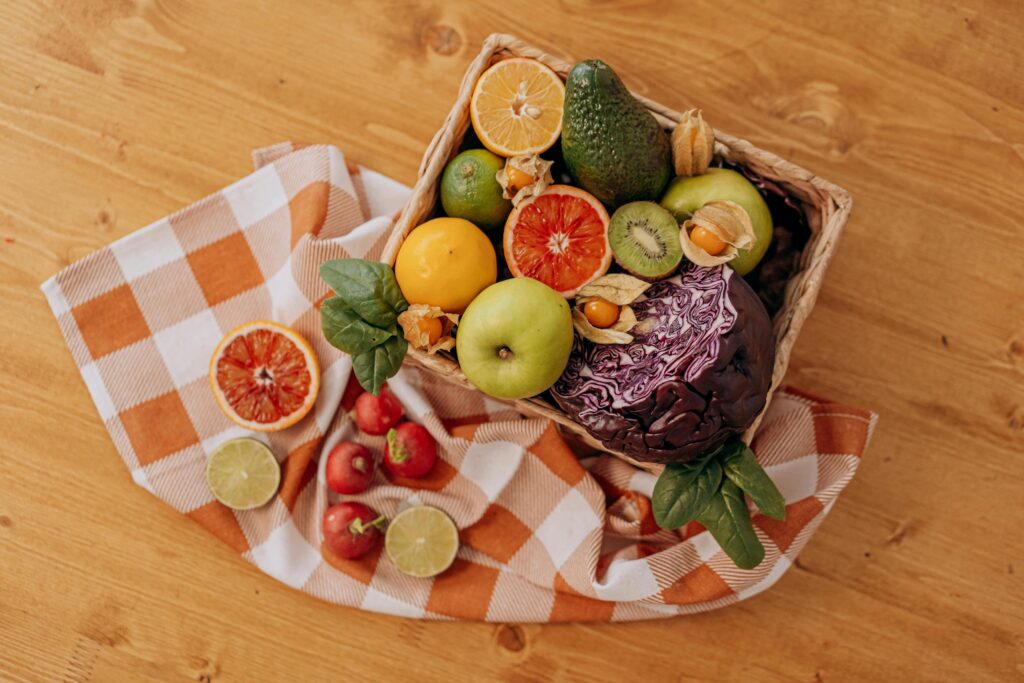Learn how to have a suitable discussion about food with toddlers that will help them grow and create a positive relationship with it. As parents, we have an important effect on how our kids see food. Toddlers’ eating patterns and overall health may always be affected by the way we discuss food with them.
In this blog article, we’ll discuss the value of age-appropriate communication about food with toddlers, the differences between thinking and language, and strategies to help your toddler develop a positive relationship with food and nutritious eating habits.
Knowing the Development of Toddler
We adore watching toddlers show their self-sufficiency, interest, and independence. However, for parents attached to their (usually) obedient baby, this might be a major change.
Children can show changes in their eating habits as they grow into toddlers. First, as picky eating becomes more common, there can be a power struggle over food.
Toddlers can satisfy their nutritional needs, gain weight, and develop normally with a balanced diet that includes a range of foods such as grains, vegetables, fruits, and other nutritious meals during mealtimes.
Toddlers could turn down these and only want their preferred foods, even though they should be trying new foods and being introduced to a variety of foods. You are well aware of how difficult (and annoying) this developmental stage can be if you have picky eaters.
The Being Curious Exploring Phase
Toddlers are naturally curious and adventurous. Of course, this also applies to dietary decisions.
Considering their desire for independence, they could still turn to guardians for comfort. Due to their low cognitive capacity, they need simple, basic information before they can learn more. The way we discuss food can have a major effect on them.
We focus on using a broad vocabulary and being more open-minded when educating and discussing food with toddlers. The term “spectrum thinking” refers to a more neutral and broad approach when discussing food.
For example, the expression “all foods can fit” suggests a variety of settings and situations in which cakes and other sweets can be served. A child’s connection with food can be supported by eliminating feelings of guilt and shame, encouraging curiosity and adventure in food with toddlers, and having an open-minded or spectrum view of food.

Spectrum Theory
- More accepting and tolerant.
- Recognizes confusion in some areas, including cuisine.
- Promotes positive emotions and a flexible, balanced eating style.
Three Strategies for Discussing Food with Toddlers
How can food be discussed with toddlers in ways that encourage their interest and open their brains to new ideas? And how can you prevent the possibility of creating guilt or shame around food?
Three methods for discussing food with toddlers that consider their stage of growth and keep away abusive language and separate views of food are as follows:
Give Food the Right Name
Toddlers’ language development is progressing quickly. For young children, use detailed terms. You can benefit from it. Give foods their correct names, such as french fries, chicken, broccoli, and bananas.
Without making judgments, teach your toddler terms related to eating. An excellent framework for further food education can be created by using appropriate food names.
Highlight the texture, color, and shape.
Toddlers are learning about their senses in the same way that they are learning about feeling full and hungry, which are signals for appetite. Speaking about food with toddlers can help them become more self-aware, develop their vocabulary, and learn more about the qualities of food.
- Use color words to describe food (e.g., yellow banana, red pepper).
- Discuss the various foods’ textures (such as soft, crunchy, or mushy) and how they feel on the tongue.
- When describing food things, use shape words (e.g., oval grapes, square cheese).
Explain Taste or Flavor
All of the senses, especially taste and smell, affect how food tastes. Without giving food a moral value (good vs. bad), you can help your child learn an additional range of foods by giving them the words to describe what they taste when they eat.
Talk about the flavors of meals (sweet cookies, salty crackers, etc.). Introduce your youngster to a variety of flavors, including sour, bitter, sweet, and spicy.
A good relationship with food, growing discovery of a range of healthy foods, and trying new things may all be developed in your toddler by using suitable age language, using spectrum thinking, and using all three methods listed above.
As you develop their curiosity and passion for discovering the world of food, make things straightforward, enjoyable, and positive.

How to improve mealtime:
Toddlers’ mealtime routines can be greatly improved, and healthy eating habits are encouraged by making it enjoyable and enjoyable. This careful technique is founded on many strategies:
| Strategies | Description | Example |
| Create a Mealtime Chart | Create a weekly meal plan chart with creative labels or colors for the foods. | Refer to carrots as “orange sticks” and broccoli as “green trees.” |
| Involve them in grocery | During grocery shopping, let your child help with selecting fruits and veggies to make learning enjoyable. | To locate objects based on color, use a color wheel (e.g., “Can you find something red?”). |
| Visual Food Presentation | To make food visually appealing and entertaining, arrange it in fun shapes or arrangements. | Using the fruits and vegetables on their plates, make cheerful faces. |
| Participate in cleanup | Make cleaning up after meals enjoyable for your child and a way to teach them responsibility. | Allow them to use bubbly soap to clean the table or wash dishes. |
| Encourage meal preparation | Let toddlers help with meal preparation in a safe way to encourage their participation and interest for food. | Let toddlers help with meal preparation in a safe way to encourage their participation and interest in food. |
Conclusion
Creating an environment where food is clearly and actively discussed can have an important effect on how children eat and feel about nutrition. A healthy relationship between food and children can be achieved by promoting sensory research, avoiding guilt about food choices, and using specific language to stimulate interest.

